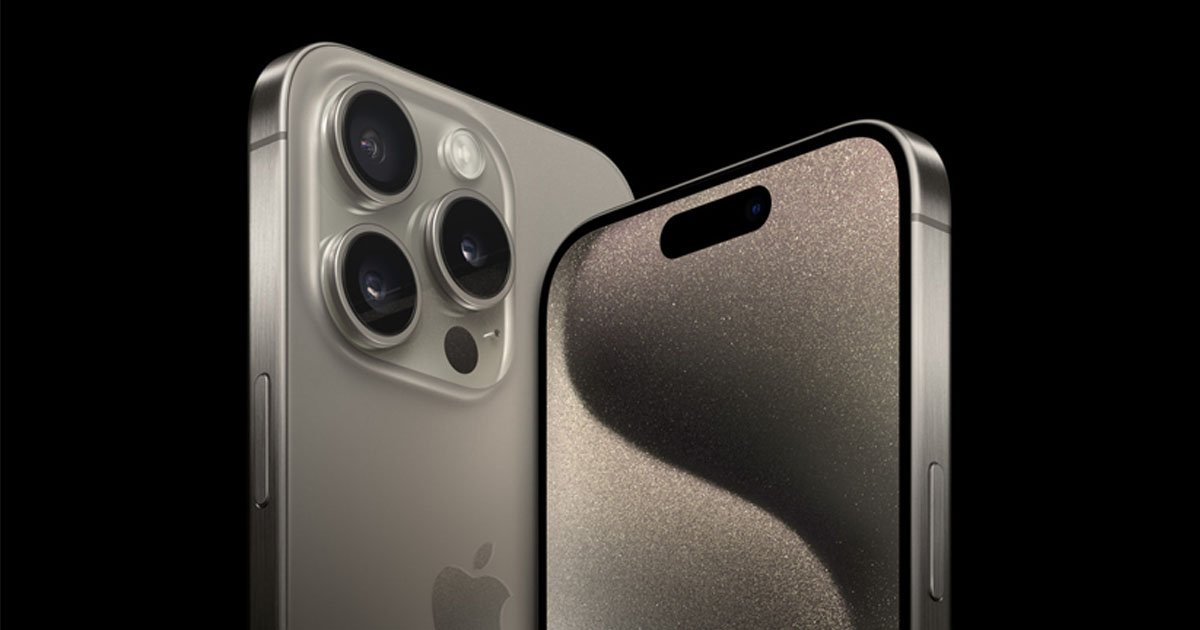iFixit, known for its comprehensive teardowns of consumer electronics, has dissected Apple's iPhone 15 series, uncovering a blend of advancements and limitations. Notably, the iPhone 15 Pro models introduce an updated internal design that allows for the direct removal of the back glass, streamlining cracked back repairs. This shift is expected to make such repairs faster and more accessible.
However, a significant caveat persists – Apple's software restrictions continue to pair specific components and parts with each iPhone model, complicating third-party repairs and even genuine component replacements. iFixit's recent downgrade of the iPhone 14's repairability score due to these part-pairing constraints has now been extended to the iPhone 15 series, with a "do-not-recommend" rating.
While the iPhone 15 Pro models facilitate back glass removal without the need to disassemble the display, each glass back remains uniquely tied to its corresponding device, necessitating validation through Apple's System Configuration tool for repair procedures. A comprehensive component pairing test conducted by iFixit on two identical iPhone 15 Pro Max units revealed that most component swaps either generated warnings or failed to function correctly.
Delving further into the internals, the iPhone 15 Pro Max houses a 17.1 Wh battery, comparable in size to its predecessor, the iPhone 14 Pro Max. The primary and ultrawide camera sensors maintain similar dimensions as well. The teardown also offers a glimpse of Qualcomm's Snapdragon X70 modem, responsible for managing 5G connectivity in the device. Notably, the iPhone 15 Pro Max utilizes SK Hynix DDR5 memory, positioned adjacent to the A17 Pro chipset on the mainboard.
This in-depth teardown underscores the evolving challenges and complexities associated with modern smartphone repairability, as manufacturers like Apple continue to implement tighter control over device components and their compatibility. While cracked back repairs may become more accessible, third-party repair options remain limited, prompting concerns among consumers and repair enthusiasts alike.
